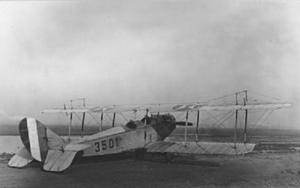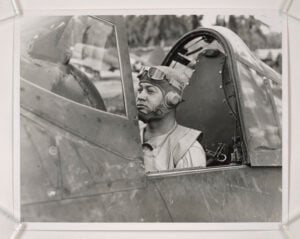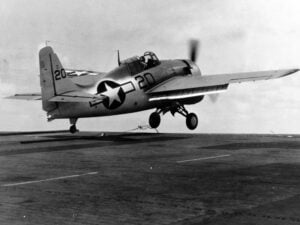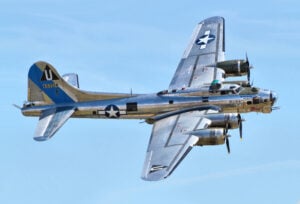6 American WWII Fighters That Lacked Defensive Armament
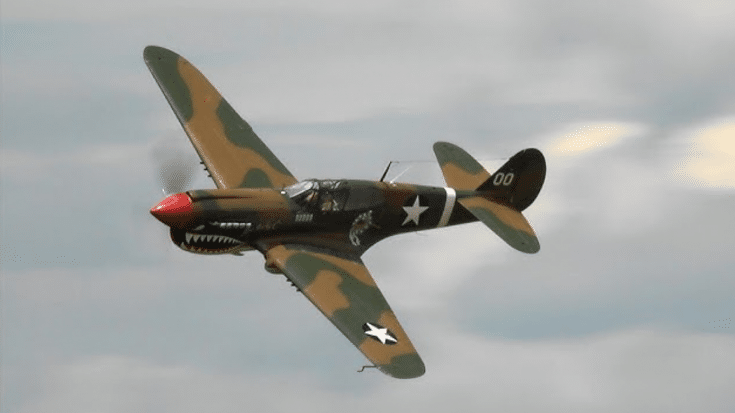
horsemoney / YouTube
During World War II, fighter aircraft designs varied greatly in their armament and armor, often reflecting different philosophies in air combat. While many fighters were equipped with robust defensive capabilities, some American fighters were designed with minimal or even no defensive armament. These planes prioritized speed, agility, and firepower in offensive roles, but their lack of defensive features sometimes left them vulnerable in combat. Here are six American fighters that stood out for their limited defensive armament.
1. P-39 Airacobra
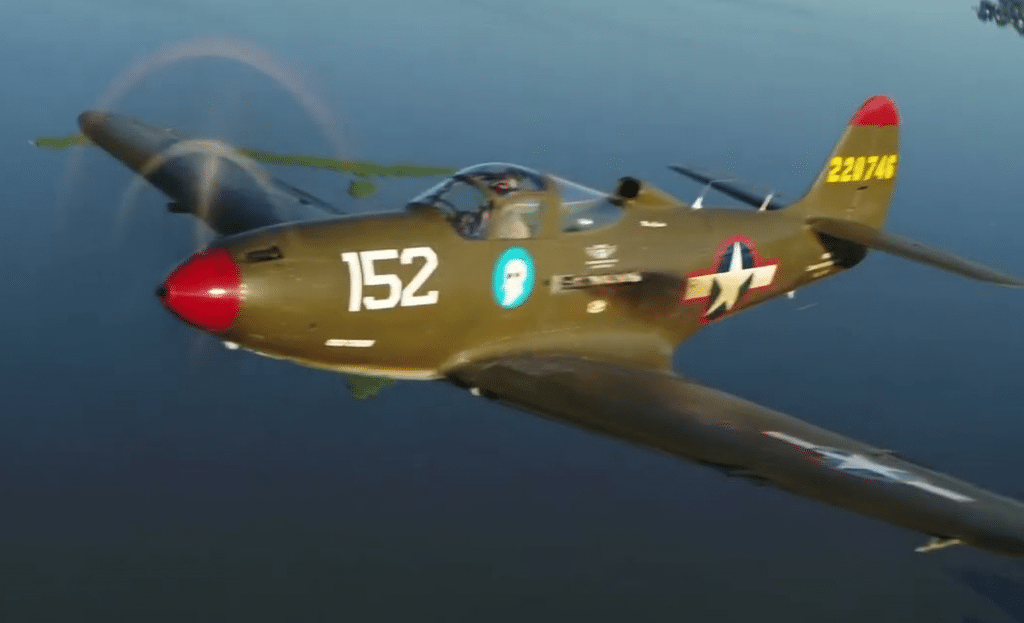
The Bell P-39 Airacobra was a unique design in American aviation. Unlike most fighters of its time, the P-39 featured a mid-mounted engine behind the pilot, which allowed the aircraft to have a streamlined nose design. This layout gave it a distinctive shape, but it also left the plane with limited options for defensive armament. Instead of prioritizing defensive capabilities, the P-39 focused on offensive firepower, with a powerful 37mm cannon mounted in the nose, accompanied by machine guns. This design made it effective in ground-attack missions but left it less equipped for dogfights, especially at high altitudes where it struggled against more agile enemy fighters.
2. P-40 Warhawk
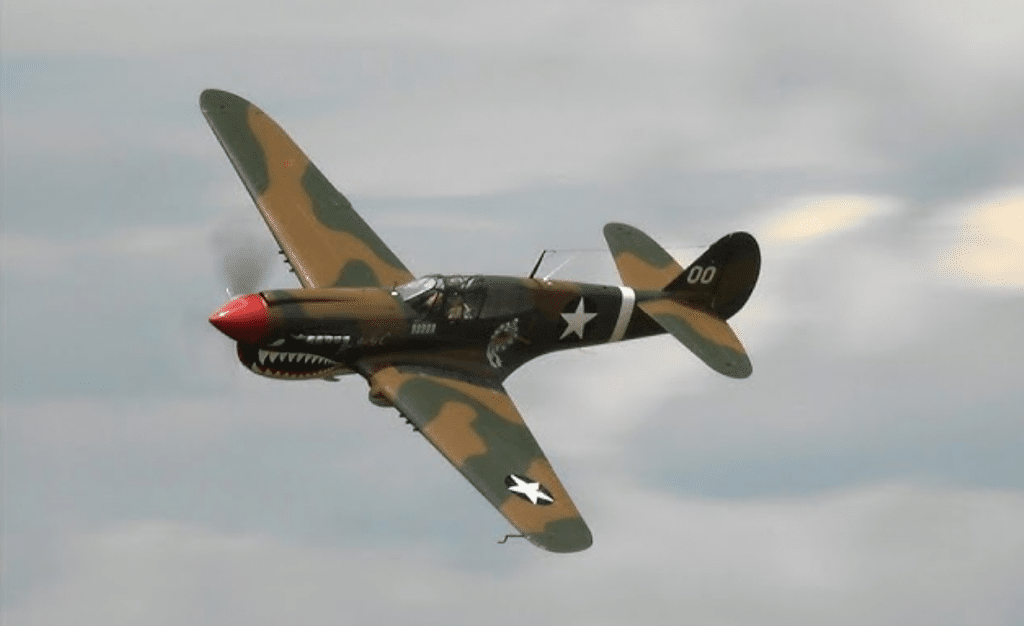
The Curtiss P-40 Warhawk was a rugged and reliable aircraft, but it was not known for advanced defensive features. Designed more for ground support and close air combat, the P-40 did not carry self-sealing fuel tanks or significant armor around the cockpit in its early versions, making it vulnerable to enemy fire. Despite this, the P-40 became well-known in battles across North Africa and the Pacific, where it relied more on its durability and the skill of its pilots than on defensive armament. It was less maneuverable than many contemporary fighters, and pilots had to make up for these limitations by using the P-40’s speed in dives to gain an edge in combat.
3. F-5 Lightning (Reconnaissance Version of the P-38)
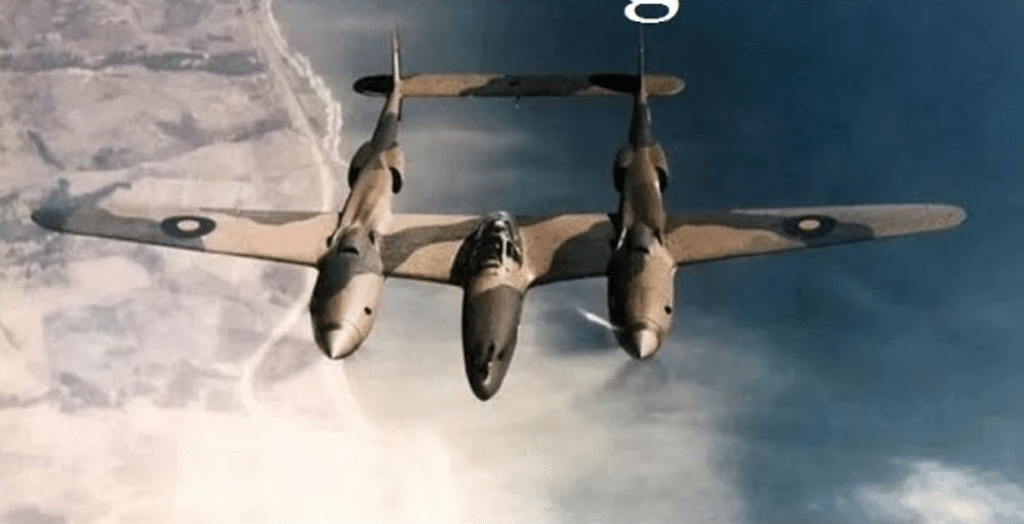
The F-5 was a reconnaissance variant of the famous P-38 Lightning, modified to carry cameras instead of guns. This design shift gave the F-5 an advantage in speed and range for long-range reconnaissance missions but left it almost completely defenseless. Without any mounted weapons, F-5 pilots had to rely on the P-38’s agility to avoid enemy fighters. The P-38’s twin-engine design did offer some extra protection in terms of reliability, but the lack of armament made the F-5 reliant on stealth and careful navigation to avoid detection while gathering critical intelligence.
4. P-51 Mustang (Early Models)
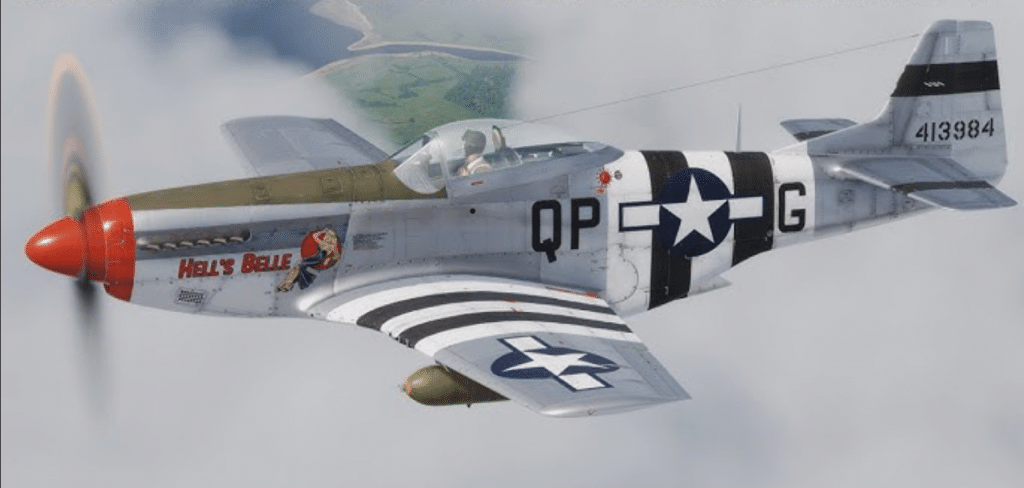
The North American P-51 Mustang is one of the most famous fighters of World War II, but its early models had limited defensive features. Initially built as a ground-attack aircraft, the early P-51 variants lacked the powerful armament of later models and were not fitted with self-sealing fuel tanks, making them vulnerable to fires if hit. However, the P-51’s exceptional speed and range gave it an edge, allowing pilots to engage and disengage from enemy aircraft on their own terms. Once equipped with more powerful engines and improved armor, the P-51 became a formidable escort fighter for Allied bombers, but its initial versions remained exposed due to limited defensive capabilities.
5. A-36 Apache (Dive Bomber Version of the P-51)
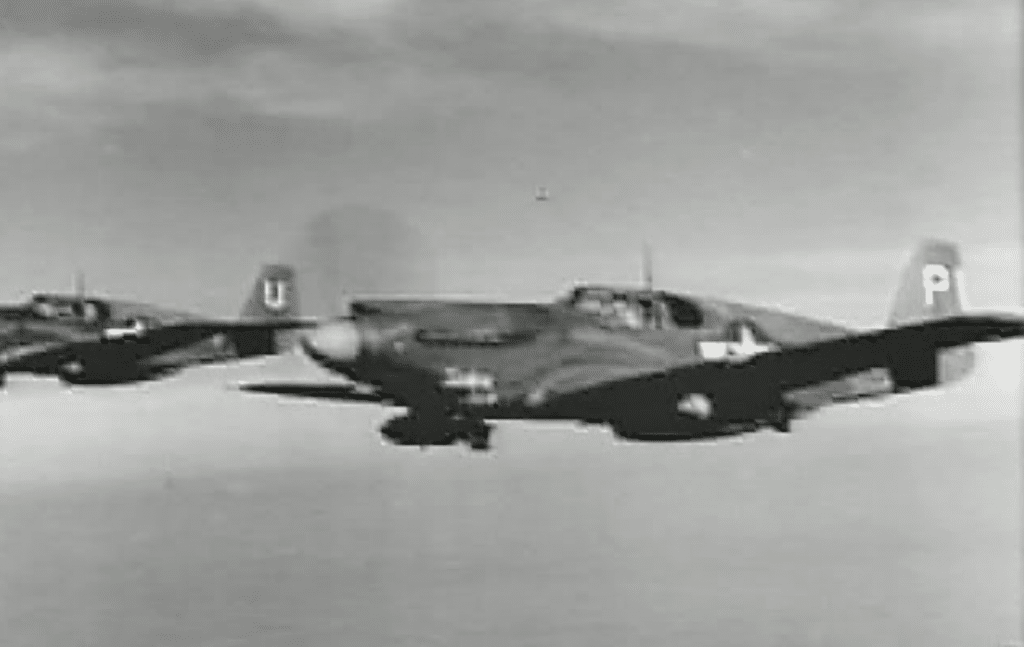
The A-36 Apache was a dive bomber variant of the P-51 Mustang, built specifically for ground-attack missions. While it was equipped with machine guns in the wings for offensive strikes, the A-36 lacked armor around the cockpit and critical areas, making it highly vulnerable to ground fire. It also did not feature significant defensive measures, as it was designed to quickly strike and retreat rather than engage in prolonged dogfights. The A-36 proved useful in close support roles but often suffered losses when facing concentrated enemy fire or fighter opposition, with pilots relying on low-altitude speed to avoid enemy engagements.
6. XP-77 Lightweight Fighter
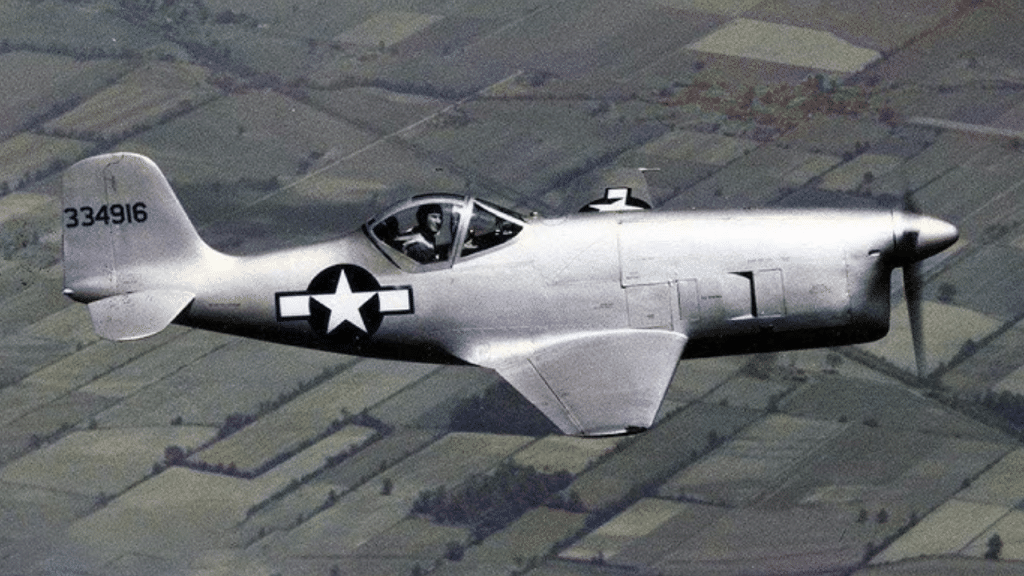
The Bell XP-77 was an experimental fighter developed as a lightweight, fast aircraft for quick maneuvers and minimal armament. Designed primarily as an interceptor, the XP-77 was meant to be easy to produce, with fewer materials during the war. This resulted in a small, nimble fighter that had almost no defensive features, as it was intended for high-speed engagements rather than prolonged combat. However, the XP-77’s light build left it vulnerable, and it did not perform well enough to enter mass production. Its minimal armor and lack of robust defensive options proved too much of a disadvantage, making it more of a developmental concept than a reliable fighter.
Each of these American fighters prioritized speed, agility, or specific combat roles over defensive armament. While these designs offered certain tactical advantages, their limited defensive features left them exposed in various combat situations, underscoring the risks these pilots faced in the skies of World War II.














